After exploring all kinds of stitches, I found the darning stitch to be the most helpful one. It helped to repair holes so many times. But one of my fellow stitchers didn’t know about this. So, when I was doing a darning stitch by hand, I saw and asked what is a darning stitch.
I said,
What Is Darning
Darning stitch is a stitch method that mimics the original weave of the fabric, creating a durable and often invisible repair. This stitch repairs holes, tears, or worn areas in fabric. So whenever your clothes are worn out, do a darn stitch on them.
Wanna learn more about it? Let’s discuss more about it and give you a clear answer what is darning.
Key Takeaways
- A hand-sewing technique to repair holes or worn fabric by mimicking the fabric’s original weave.
- It fixes holes, strengthens the weak fabric, and even allows for creative decorative repairs.
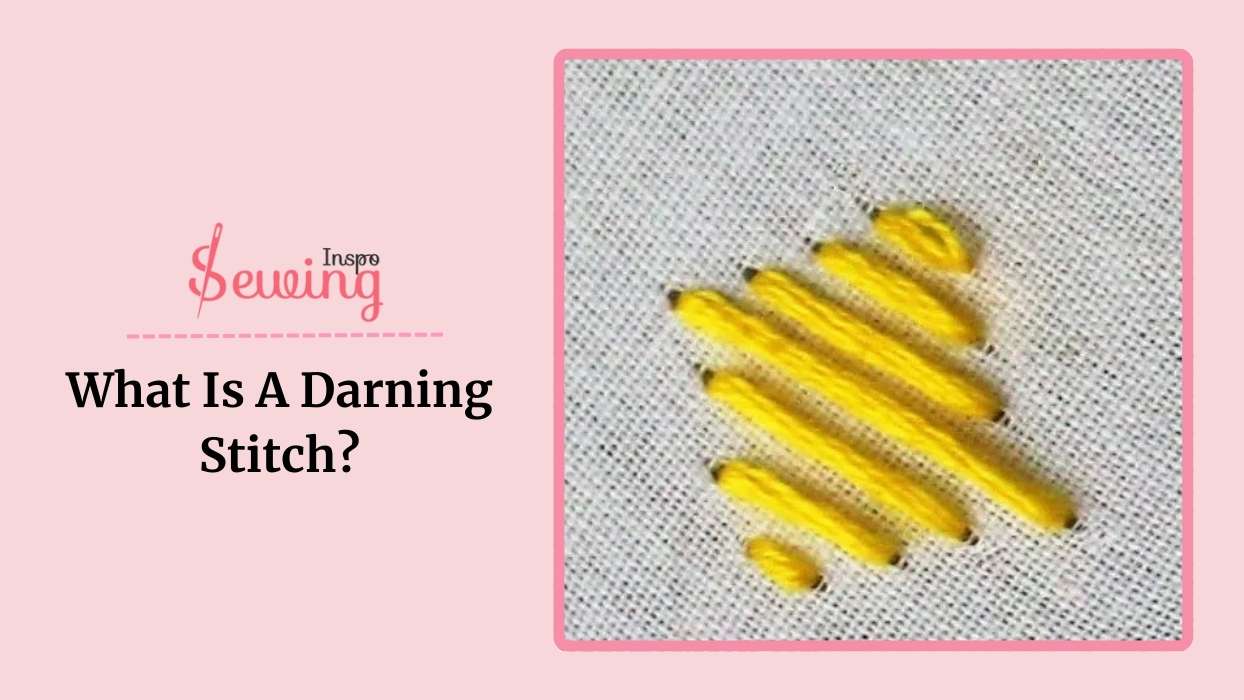
- Darning stitch tools are darning mushrooms, darning needles (size 14–18), matching or contrasting threads, and, optionally, an embroidery hoop.
- Darning is a technique; mending is the broader term for all repair methods.
Table of Contents
What Is A Darning Stitch In Sewing?
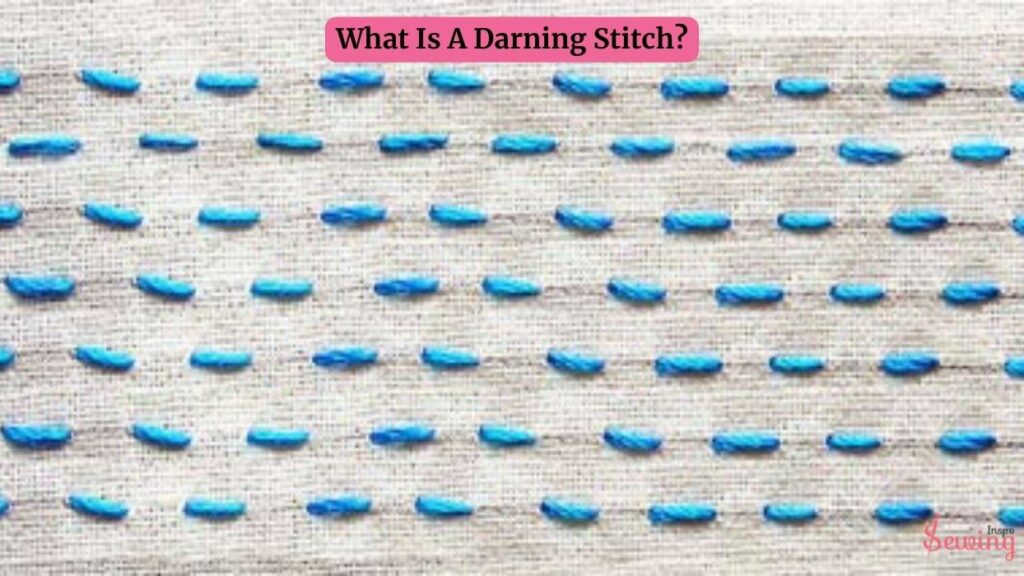
A darning stitch is a bunch of rows of running stitches closed to each other to save fabric from a hole. It is a simple way to fix holes or worn spots in the fabric. You start by securing the thread on the hole’s edge, then stitching across the gap. That’s why darn sewing is so talked about nowadays.
That’s what is darning in sewing.
Once you’ve gone back and forth enough times, the hole is covered with thread, and the fabric is repaired. There’s also a fancier version called fine darning or Belgian darning. It can even be used for darning stitch patterns.
This method makes the repair neat and hard to notice. Sometimes,
The hole is trimmed into a square to help the repair blend into the fabric. You can even get creative by using different patterns like zigzags or chevrons. That’s why darning stitch is so famous. But The double darning stitch pattern is most famous for decorative needs.
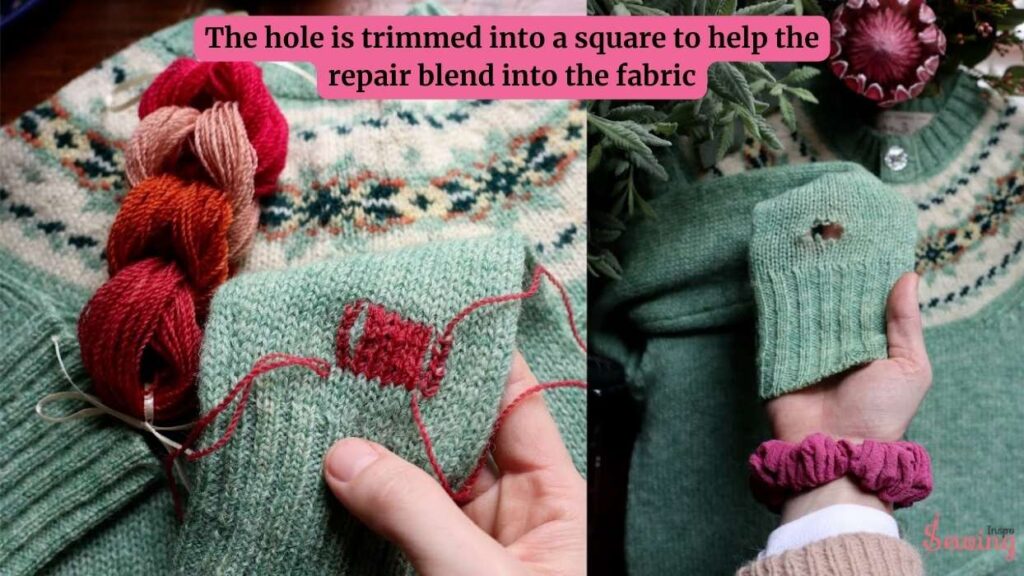
That’s why sometimes I call it repair stitch. 😛 cause threads are taken from a hidden spot, like a hem, and used to patch the hole to match the fabric exactly. That fixes the wear like nothing ever happened if you do darning fabric.
Darning stitches saved me from throwing my clothes off. Whenever I see a hole, I darn stitch it. Cause that’s whats darning.
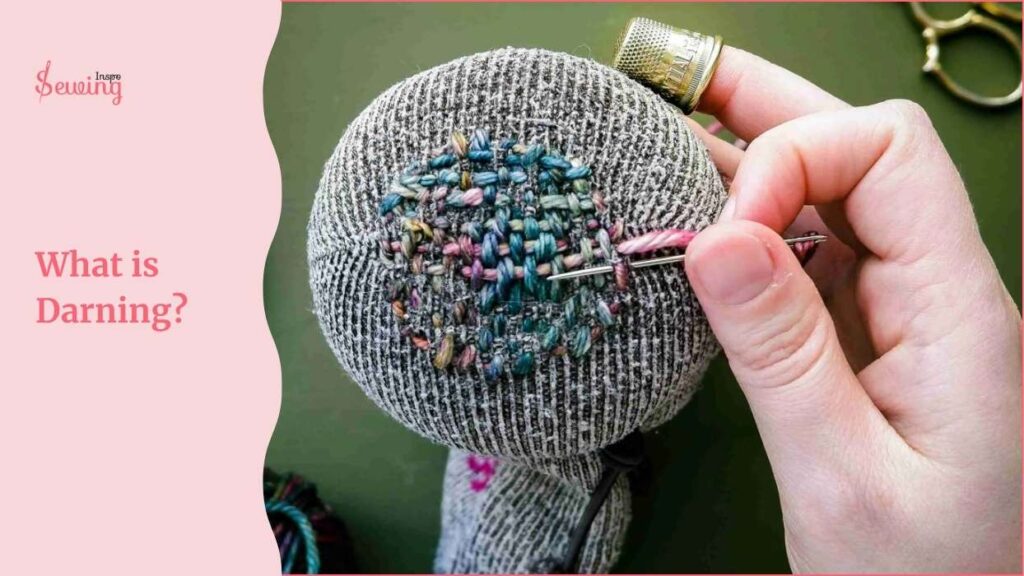
Darning is basically a method to fix holes in the fabric! It makes the repair nearly invisible. With the right Darning Egg or Darning Mushroom, you can fix any hole.
People often mix up it with mending. But here is what differs between darning and mending techniques,
So basically, if you are asking how to sew a hole without it showing then darning is the answer. It makes the repair nearly invisible.
It’s commonly used for mending socks, sweaters, and other woven fabrics.
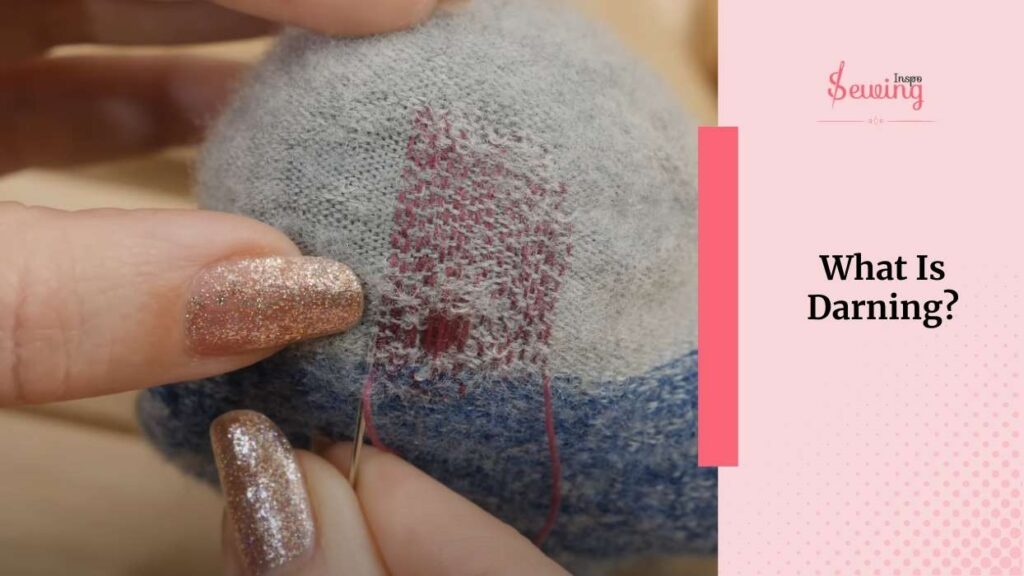
Traditional darning is done by hand with a needle and thread. It is a repair hole without leaving any trace. If you want something decorative, then use woven darn or honeycomb darning.
What Does A Darning Stitch Look Like?
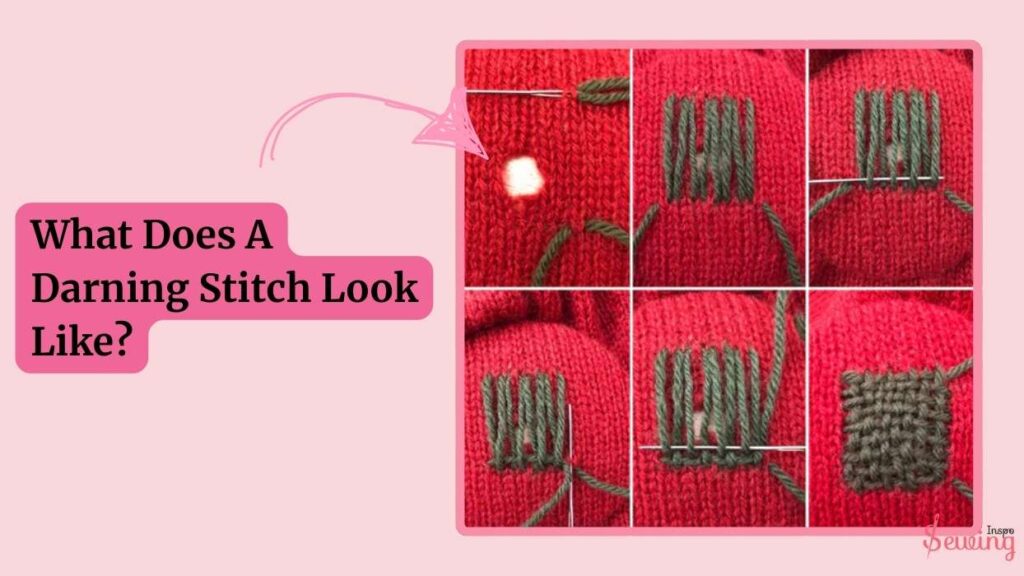
A darning stitch looks like a series of closely spaced lines of thread running back and forth across a hole or worn area in the fabric.That’s how a stitcher fixes darning holes.
These lines are parallel at first, creating a base layer. That will create a darn hole. Then, more stitches are woven and spread over and under these base threads, forming a grid or woven pattern that covers the damaged area. The darn sewing will cover the damaged part, not even letting you know there is a hole.
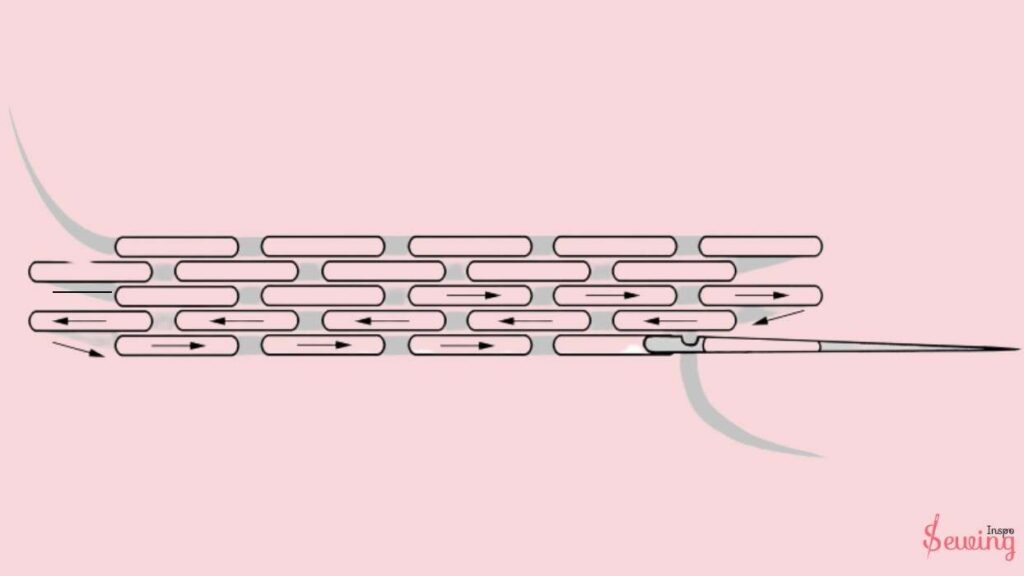
Basically, It might look like a neat, criss-crossed patch miming the original fabric weave. It can appear more intricate if decorative patterns like zigzags or chevrons are used. I did darning stitches whenever I needed to darning holes. It works to hide moth holes so easily.
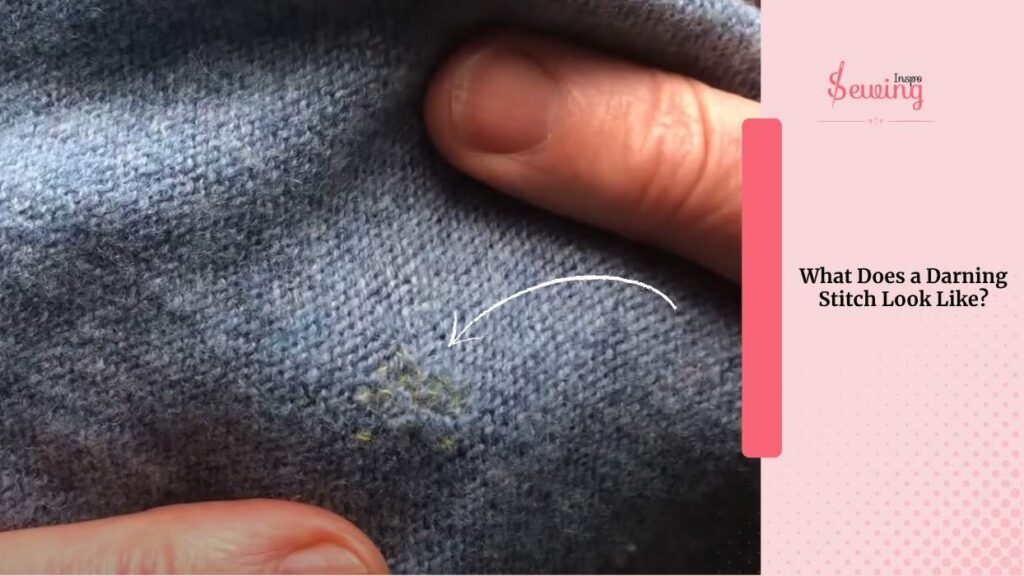
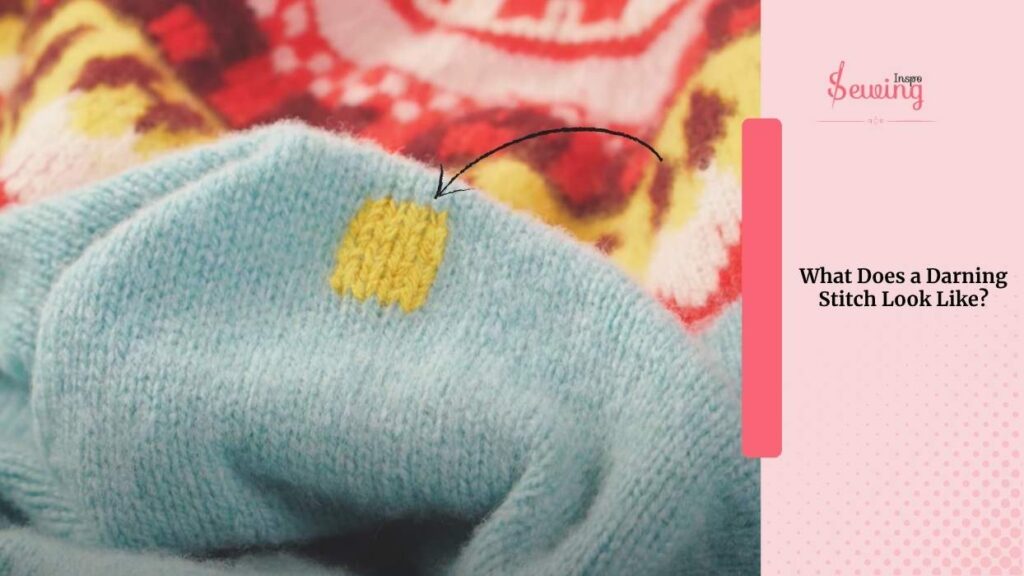
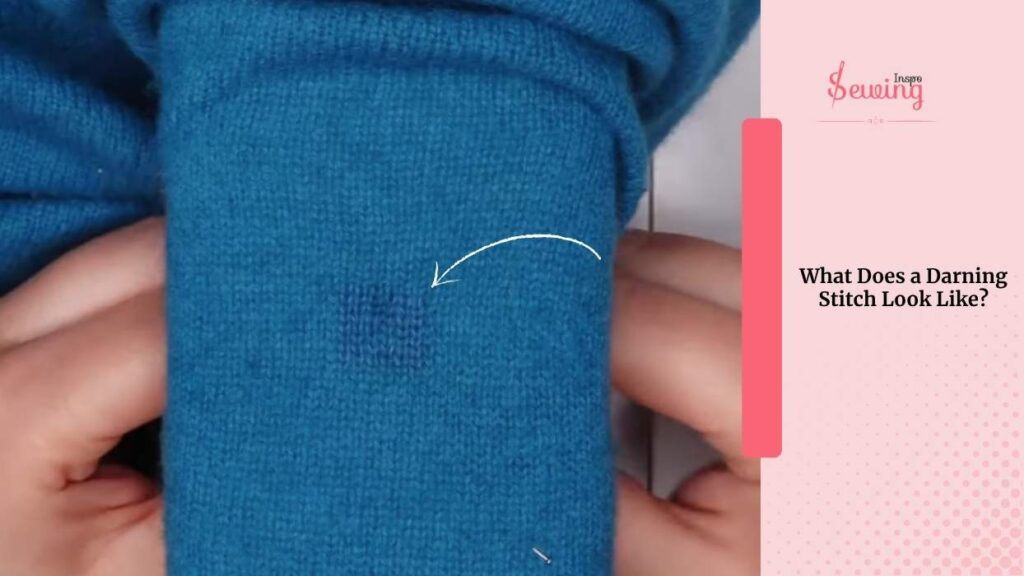
The final look depends on the skill and types of darning stitch you are working on.
Darning Stitch Needlepoint
The fun thing is that needlepoint isn’t just for stitching. You can even do needlepoint with it.
Over time, I’ve experimented with different patterns, blending textures, colours, and ideas to create something truly special. Here, have a look.
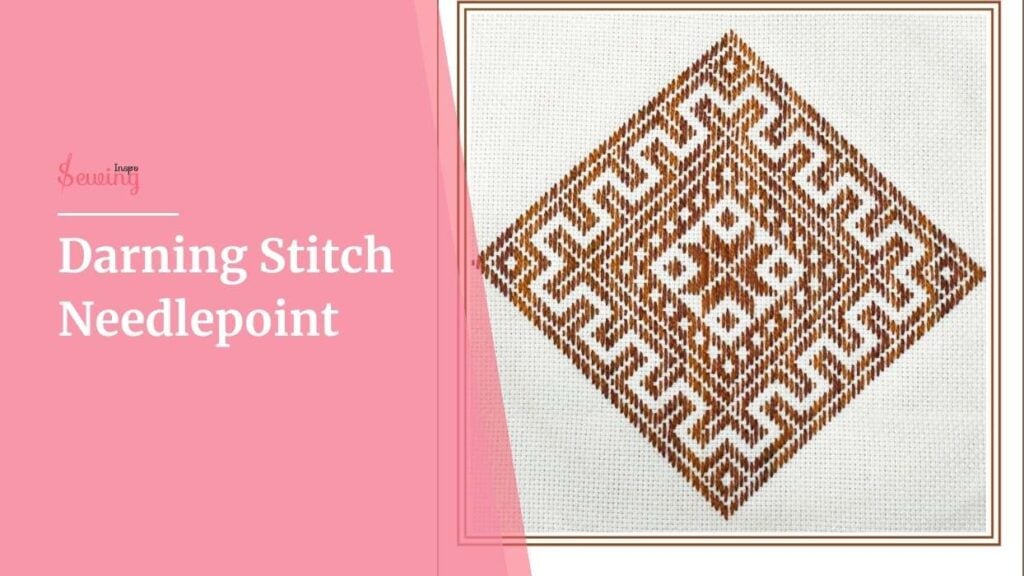
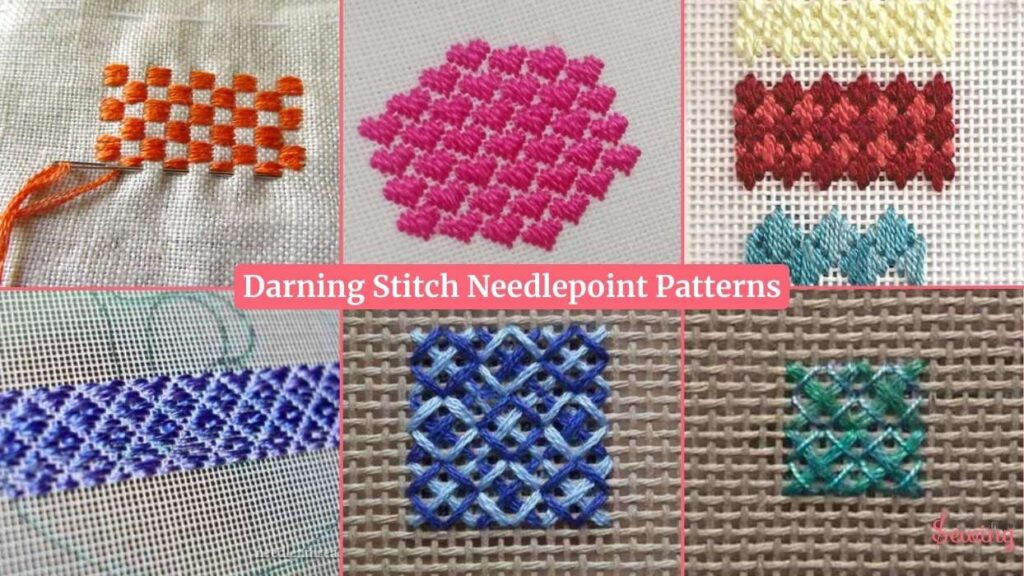
Final Thought
Darning stitches has been a game changer, saving so many clothes from being tossed out. It takes fixing a hole in socks, repairing a tear in a sweater, or even adding a creative touch to worn fabric, darning is a skill that’s both practical and rewarding. You can breathe new life into your favorite pieces with the right tools and patience.
So, why not try it? Trust me, it’s worth it! 😊


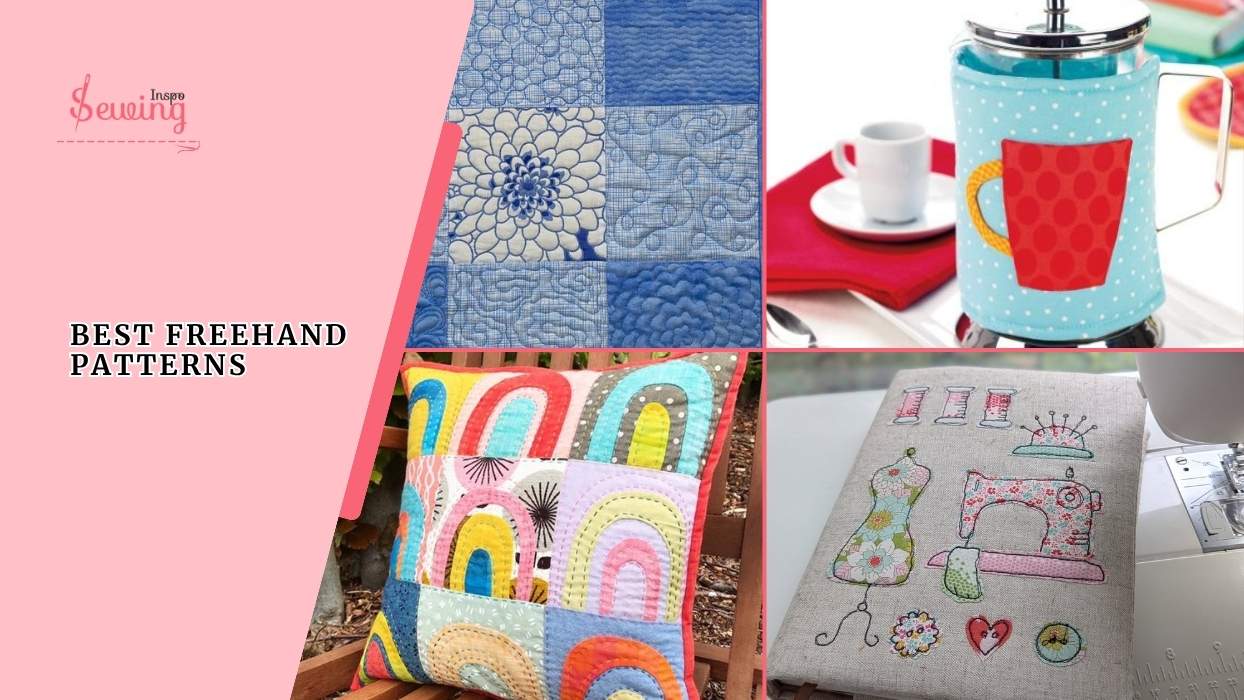
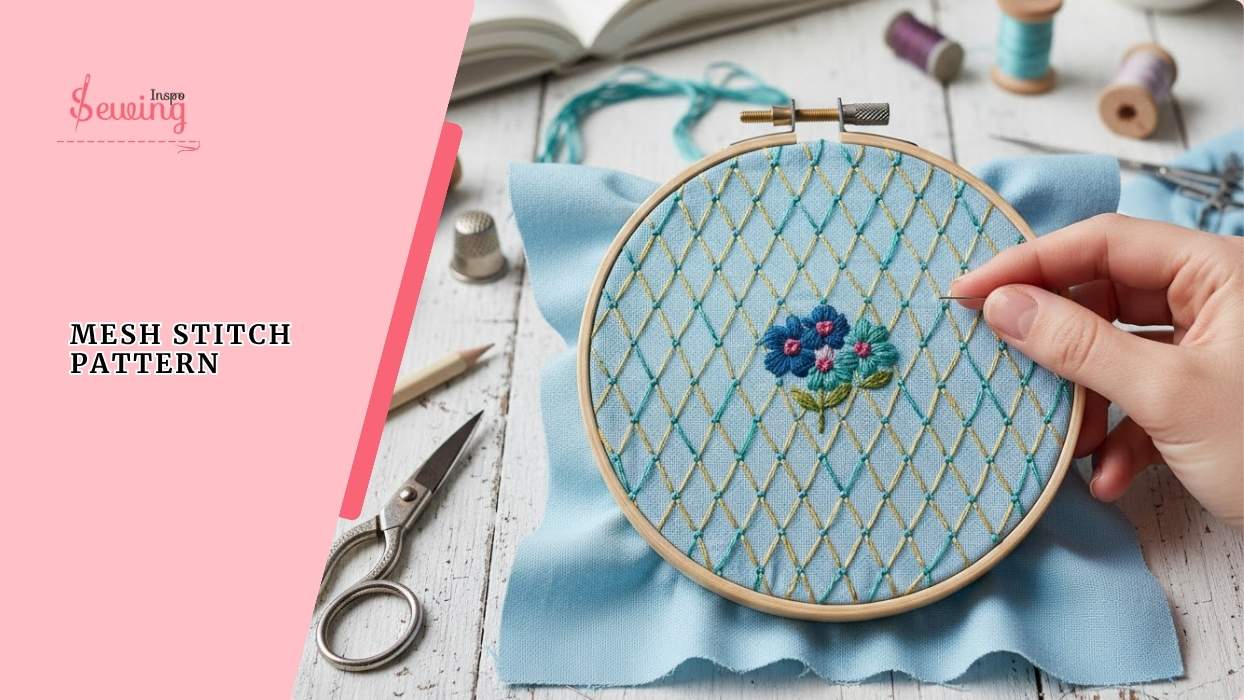
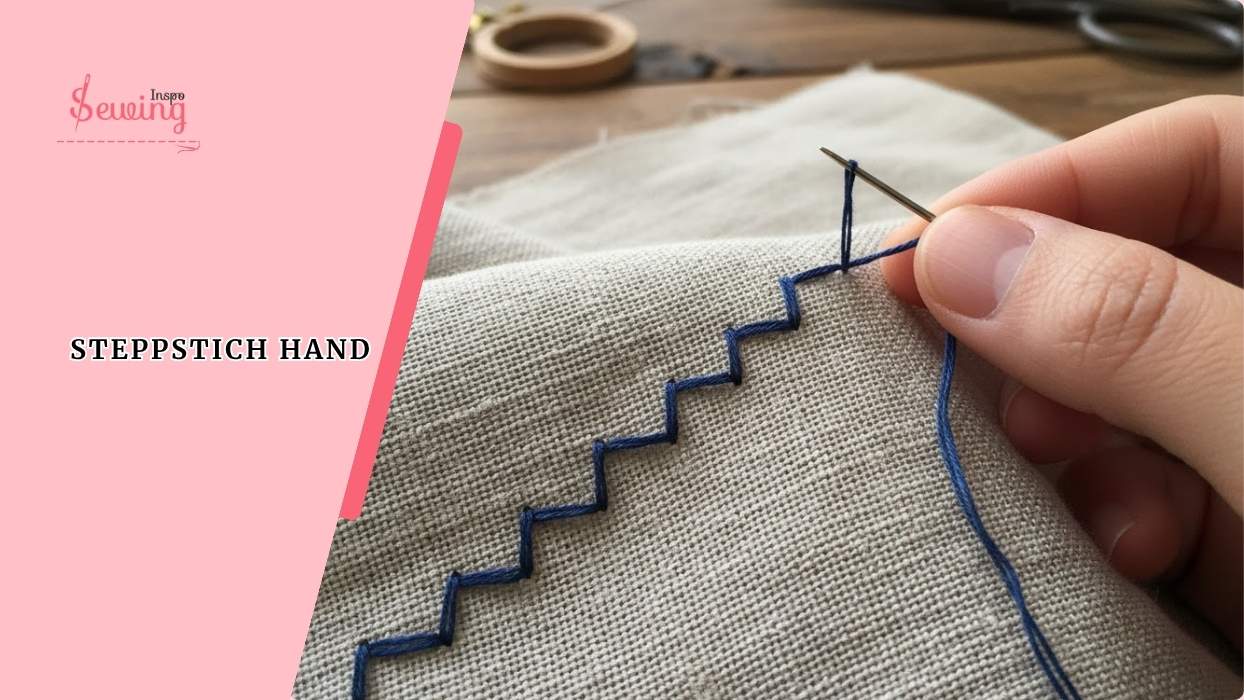
Leave a Reply